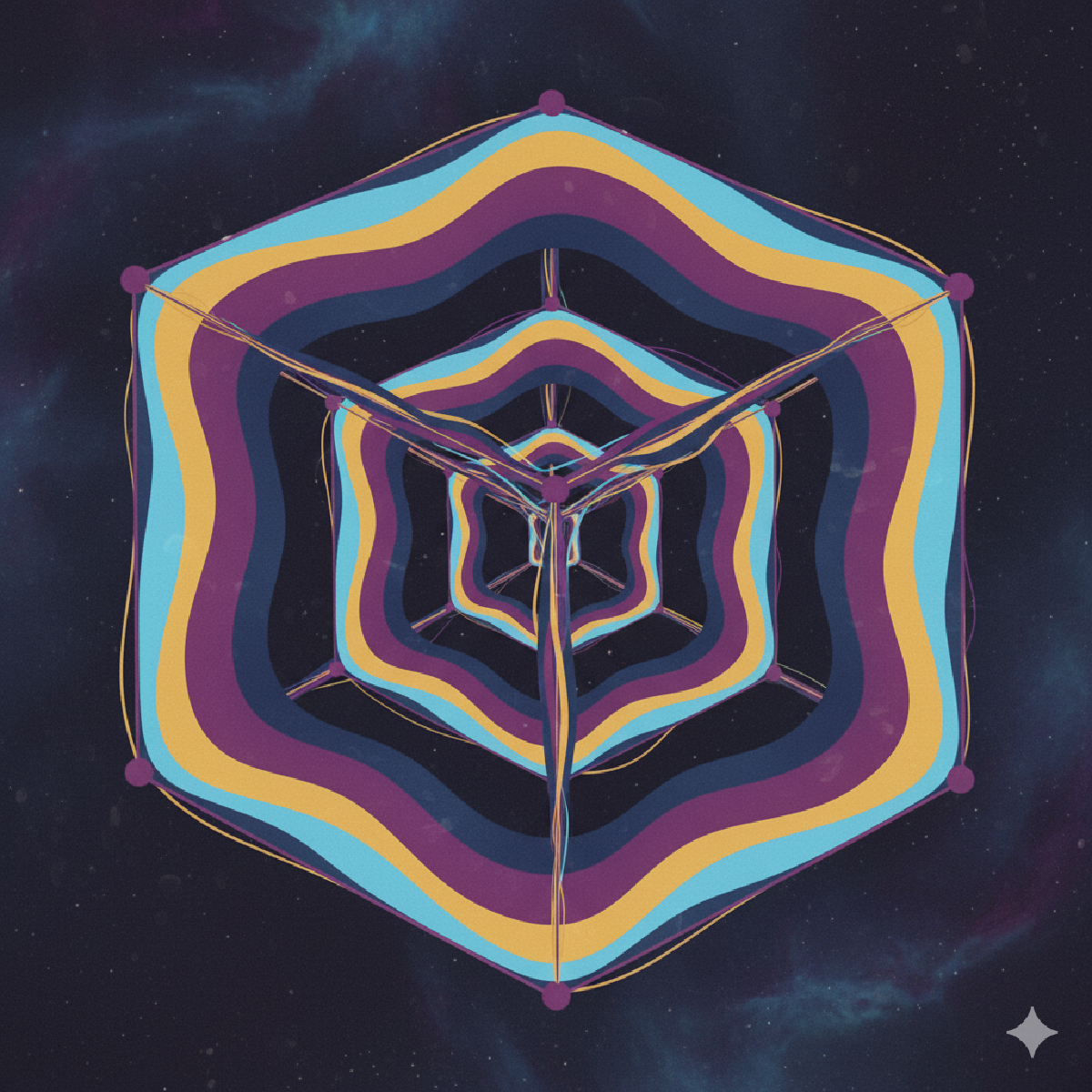Rethinking Image Rotation: A Recursive Approach to Block Transfers#
I’ve been thinking a lot about image processing algorithms lately, particularly how we can leverage simple operations to solve complex problems efficiently. There’s something beautiful about the recursive block rotation algorithm that keeps pulling me back—it’s one of those elegant solutions that makes you appreciate the power of divide-and-conquer.
The Problem That Started It All#
Back when graphics hardware was primitive, rotating images felt like moving mountains. The naive approach—copying each pixel individually—was painfully slow. I remember reading about early graphics systems where a simple 90-degree rotation could take seconds. That’s practically geological time in computer terms.
What fascinates me is how the recursive approach completely rethinks the problem. Instead of seeing an image as millions of individual pixels, it treats it as a hierarchy of blocks. This shift in perspective is what makes the algorithm so powerful.
How the Magic Works#
The core insight is surprisingly simple: any square image can be broken down into four quadrants, and rotating the whole image is just a matter of rotating these quadrants and moving them to the right positions. The algorithm does this recursively until it reaches single pixels.
Here’s what I find particularly clever about the implementation:
void rotate90Rec(Pixel **dst, Pixel **src, int dstX, int dstY, int srcX, int srcY, int n) {
if (n == 1) {
dst[dstY][dstX] = src[srcY][srcX];
return;
}
int half = n / 2;
rotate90Rec(dst, src, dstX + half, dstY, srcX, srcY, half);
rotate90Rec(dst, src, dstX + half, dstY + half, srcX + half, srcY, half);
rotate90Rec(dst, src, dstX, dstY + half, srcX + half, srcY + half, half);
rotate90Rec(dst, src, dstX, dstY, srcX, srcY + half, half);
}
Each recursive call handles one quadrant, and the coordinates are carefully arranged so that:
- Top-left becomes top-right
- Top-right becomes bottom-right
- Bottom-right becomes bottom-left
- Bottom-left becomes top-left
The Tower of Hanoi Connection#
What really blew my mind was realizing this shares DNA with the Tower of Hanoi problem. Both use recursive decomposition and require a specific sequence of moves to rearrange elements. It’s one of those beautiful mathematical patterns that shows up in unexpected places.
Why Power-of-Two Dimensions Matter#
The algorithm assumes power-of-two image sizes, which initially seemed like a limitation. But thinking about it more, this constraint actually reveals something fundamental about the nature of recursive algorithms. When you can cleanly halve the problem at each step, the recursion becomes pure and elegant.
In practice, you can handle arbitrary sizes with padding or by modifying the splitting logic, but the mathematical beauty is most apparent with powers of two.
Performance Trade-offs#
The complexity analysis is interesting—you get O(n² log n) with naive pixel copying, but this drops to O(n²) if you have hardware-accelerated blits. What this tells me is that the algorithm’s efficiency depends heavily on the underlying block transfer operations.
This makes me think about modern GPU architectures and how they’re essentially built around optimized block operations. The recursive rotation algorithm was ahead of its time in leveraging this computational pattern.
Implementation Insights#
Working through the C implementation, I appreciate how the blit function uses memcpy for efficiency:
void blit(Pixel **dst, Pixel **src, int dstX, int dstY, int srcX, int srcY, int size) {
for (int i = 0; i < size; i++) {
memcpy(&dst[dstY + i][dstX], &src[srcY + i][srcX], size * sizeof(Pixel));
}
}
It’s a good reminder that sometimes the simplest tools—like memcpy—can be incredibly powerful when used in the right context.
Broader Implications#
What strikes me about this algorithm is how it demonstrates a fundamental principle: complex operations can often be broken down into simpler, recursive steps. This pattern shows up everywhere in computer science—from matrix multiplication to FFT algorithms.
In data science, we deal with large matrices and tensor operations constantly. Understanding these fundamental algorithms helps me think about how to structure more complex data transformations efficiently.
Wrapping Up#
The recursive block rotation algorithm feels like one of those foundational ideas that every computer scientist should understand. It’s not just about rotating images—it’s about learning to think recursively, about understanding how to decompose problems, and about appreciating the interplay between algorithm design and hardware capabilities.
What I take away from studying this is a renewed appreciation for elegant solutions. In an age where we often throw more compute at problems, there’s something deeply satisfying about algorithms that are both mathematically beautiful and practically efficient.
Sometimes the most sophisticated solutions emerge from the simplest ideas, recursively applied.
References & Links#
Knuth, D. E. - The Art of Computer Programming, Volume 1: Fundamental Algorithms (3rd Edition, 1997)
Aho, A. V., Hopcroft, J. E., and Ullman, J. D. - The Design and Analysis of Computer Algorithms (1974)
Foley, J. D., van Dam, A., Feiner, S. K., Hughes, J. F. - Computer Graphics: Principles and Practice (1995)
Erickson, J. - Algorithms Lecture Notes (University of Illinois at Urbana-Champaign)
Various university computer graphics and algorithms courses covering recursive image manipulation


